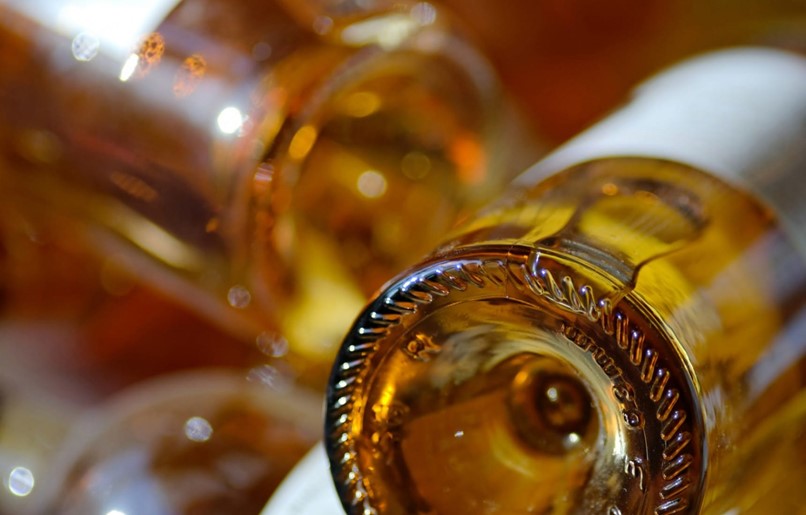What is Residual Sugar?
Written by Monica Allan
Residual sugar refers to the sugar left over in a wine following fermentation.
Wine is made by adding yeast to grape juice, which contains sugar. The yeast converts this sugar to alcohol (wine) and releases carbon dioxide. If the yeast does not consume all the sugar than we have sugar that remains with the alcohol, resulting in a lower alcohol wine with some sweetness. This allows us to taste sweetness in the wine and it is called residual or leftover sugar.
Three things to keep in mind when it comes to Residual Sugar
- Generally, we start to taste sugar in wine at around 5-6gm / L, although everyone is different.
- Very rarely will a wine have no residual sugar, there is always trace amounts of sugar left after fermentation.
- We express residual sugar as grams per litre.
If a wine has less than 4gm / L of sugar then we call it a dry wine, such as Albarino, Chardonnay, Pinot Grigio, Merlot, Cabernet Sauvignon, Shiraz or Sangiovese to name a few.
Classifying wines by their sweetness
Wines that are noticeably sweet like dessert wines or stickies, Sauternes, Tokaj, Port and some Sherries have a lot of residual sugar, anywhere between 45-150g plus!

Sauternes wine
Some wines fall between dry and sweet and can be sometimes called semi sweet, demi sec, off dry, or medium sweet. Different grapes lend themselves to making wine like this. Chenin Blanc, Riesling, and Semillon can all create dry, semi-sweet and sweet wines.
There are objective ways of classifying dry, sweet and in between styles, by measuring residual sugar and expressing it as grams / L as you read above. Whilst this sounds very neat and tidy it doesn’t really help with telling us how the wine will taste. How much sugar we taste is offset by the acidity, tannins, and carbon dioxide in the wine. A wine with 30g / L of residual sugar may taste dry as the acidity is so high.
Can we create residual sugar by adding sugar to wine?
Sometimes, although the best way to do this is before fermentation and use good quality grape sugar. The best way to ensure you make good quality sweet wine is to have healthy ripe grapes, and then either concentrate the sugars via botrytis (a fungus), or by drying the grapes and almost making them raison, or by having them freeze on the vine. Other methods may include stopping the fermentation early thus the yeast doesn’t have a chance to consume all the sugar.
As many of the wines we drink are dry, it is important to remember it is alcohol in this case that contributes to excess energy consumption not the sugar! As our bodies can’t store alcohol, the energy from the alcohol must used up and is prioritised over carbohydrates (sugar), proteins and fats.
